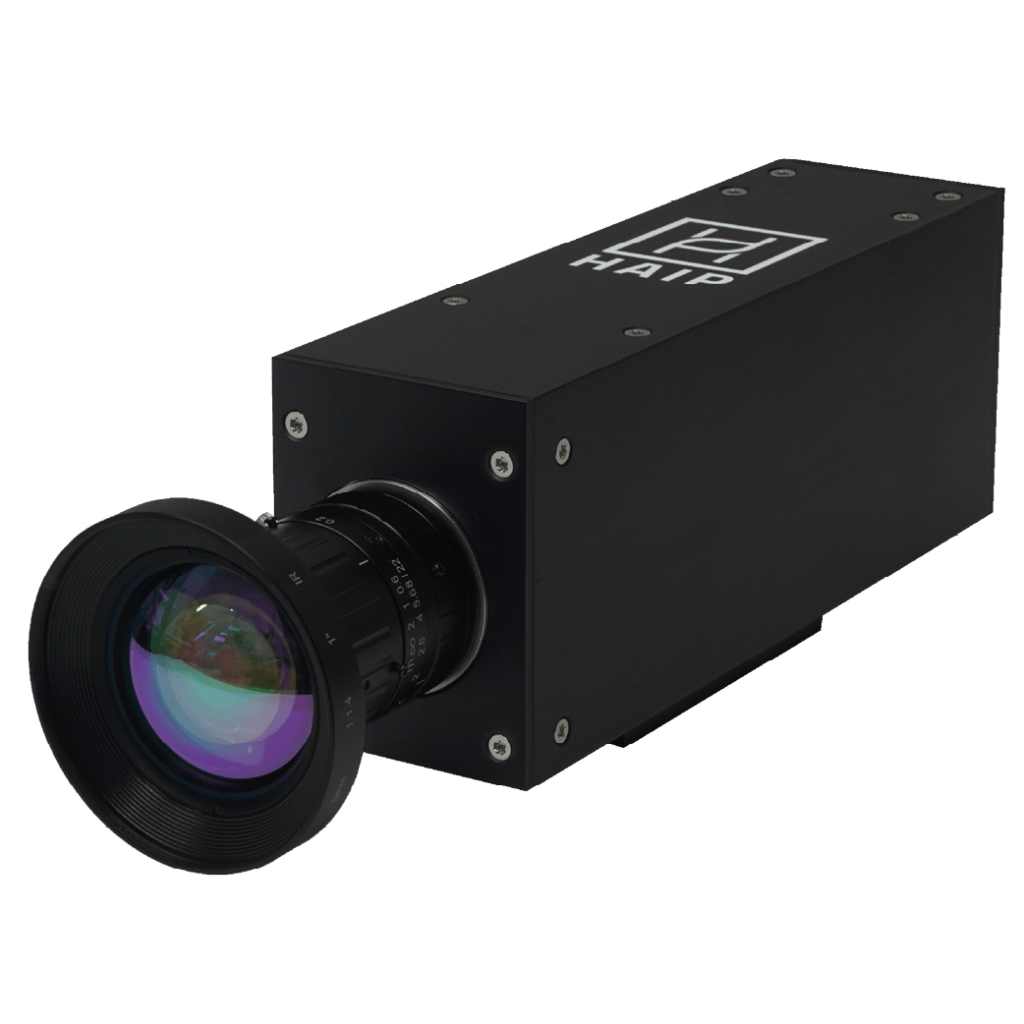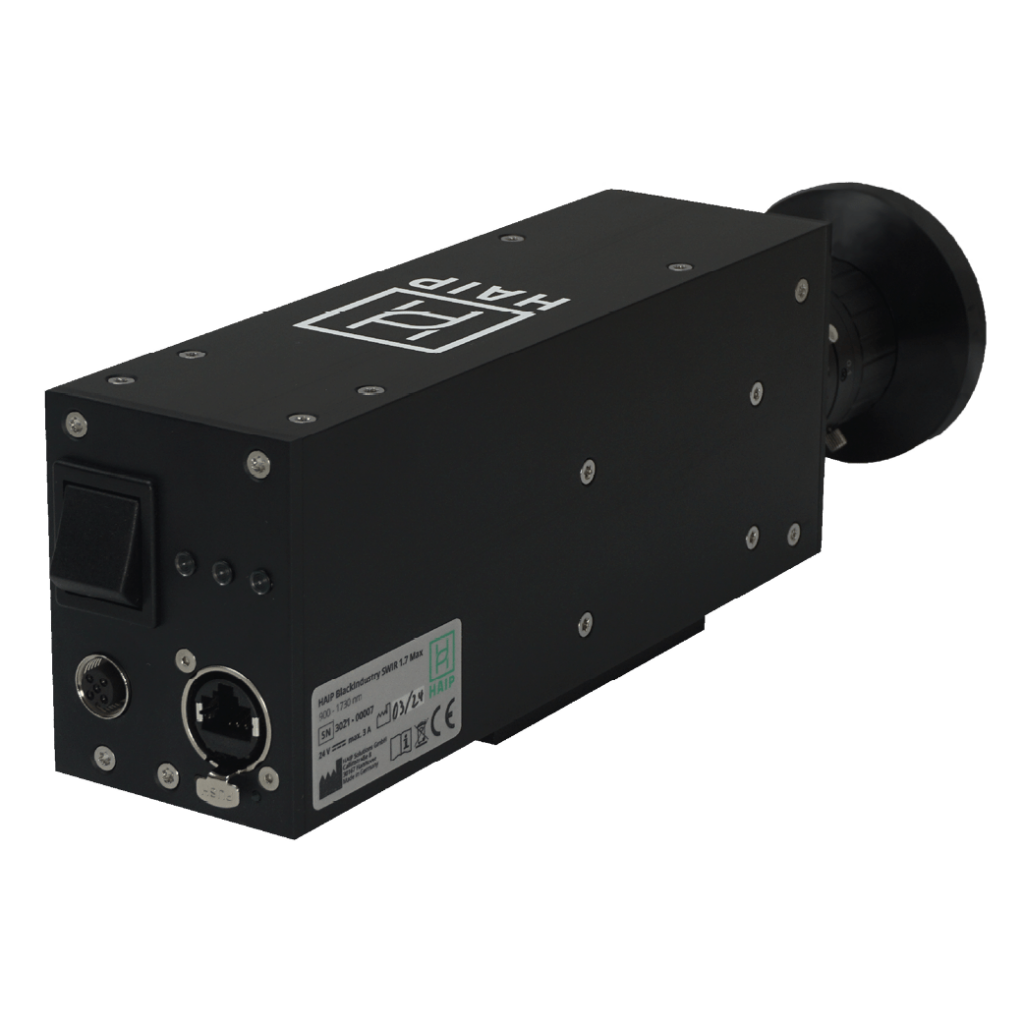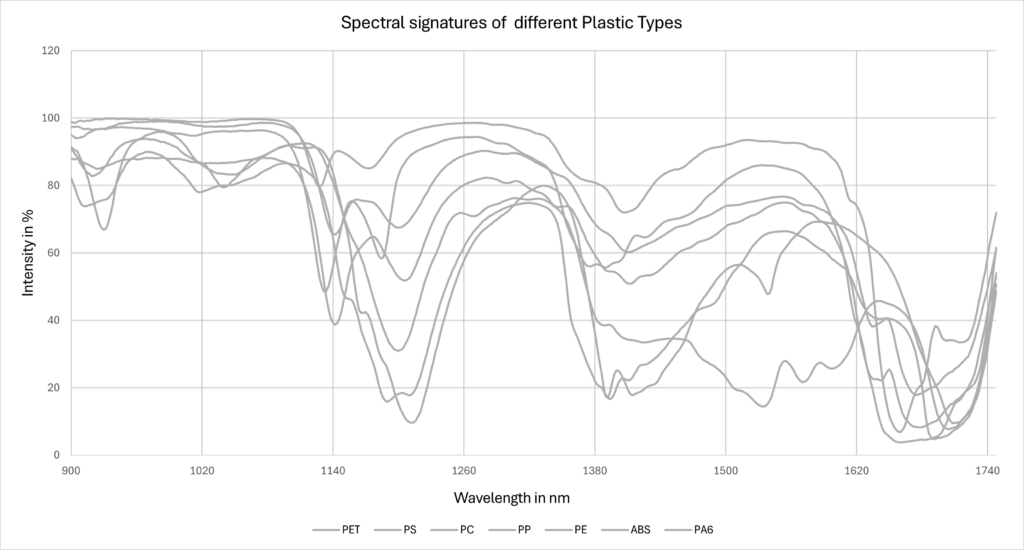Application Note
Recycling
BlackIndustry SWIR 1.7 / Max: Plastic Detection in the SWIR Range
“Precise sorting ensures successful recycling!”
1. The Need for Pure Sorting: The PVC Problem
The success of recycling largely depends on the purity of the input material. This is particularly important in plastic recycling: only pure input materials result in high-quality recyclates. Unsorted waste can even be extremely dangerous: If plastic or household waste contains the plastic type polyvinyl chloride (PVC), toxic hydrogen chloride gets emitted when the waste is incinerated. This is also a major problem in the cement and reinforced concrete industry. The hydrogen chloride released from derived fuels causes corrosion damage to concrete and cement. PVC must therefore be separated and can then be fully recycled in a further process.
2. The Solution: Sorting with Hyperspectral Imaging
To counteract this risk, the PVC must be detected and completely sorted out. The use of hyperspectral imaging sensors in the sorting process is game-changing. Hyperspectral imaging is an opto-electronic technology for the precise measurement of electromagnetic radiation reflected by an object. The intensity of the reflection as a function of the wavelength is displayed in a spectral signature curve. Since each material reflects the incident radiation differently, hyperspectral imaging can identify objects which the human eye is unable to differentiate.
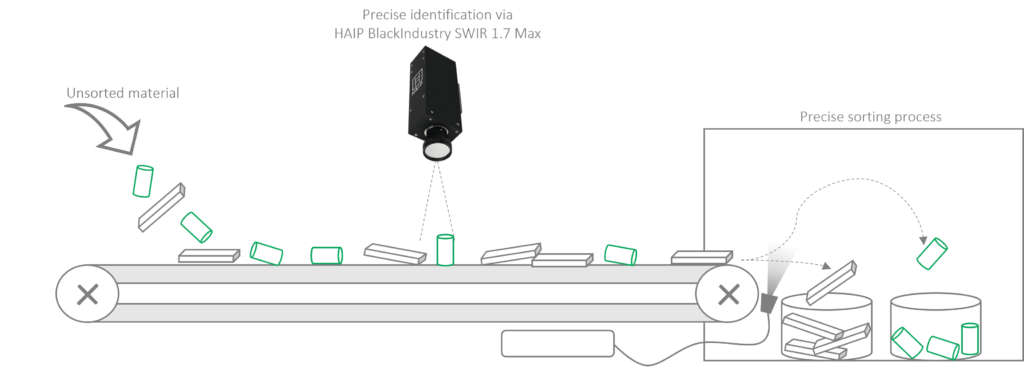
3. Fact Check: PVC
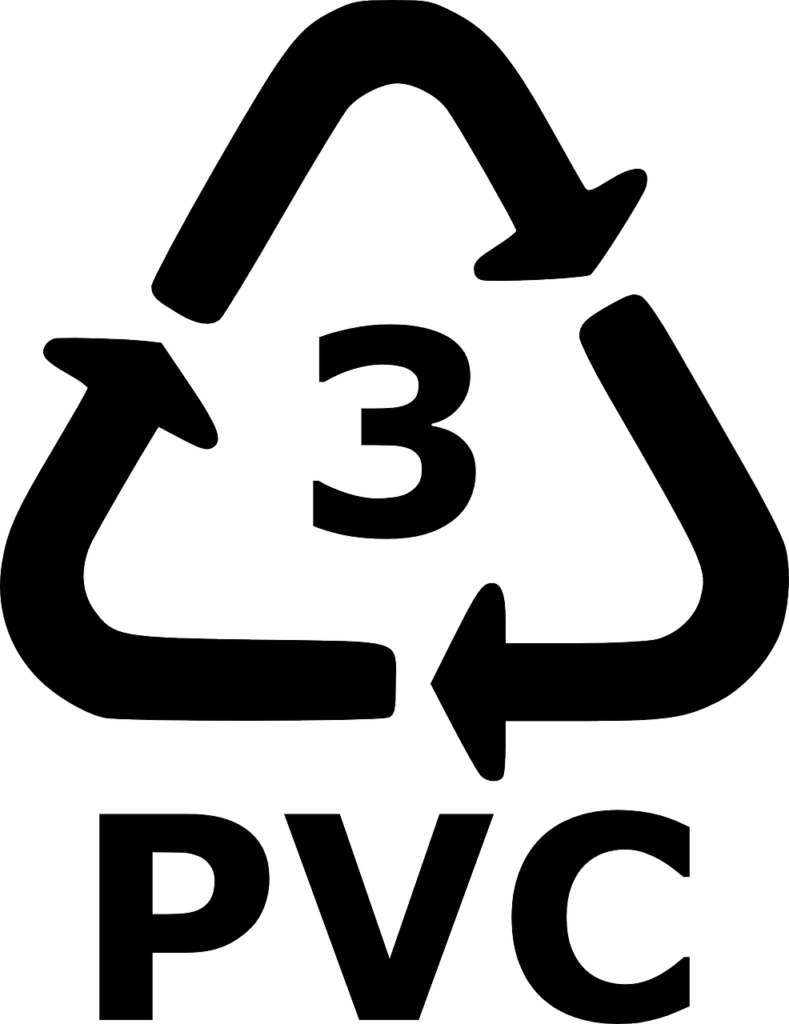
- Polyvinyl chloride – PVC
- The third most important polymer for plastics after PE and PP
- Low-cost and very durable, hardly decomposes in nature
- Used in pipes, window frames, garden furniture, cable coating, synthetic leather, etc.
- Toxic hydrogen chloride (HCl) is released during incineration
- Completely recyclable
4. Spectral Signatures of PVC in SWIR Range
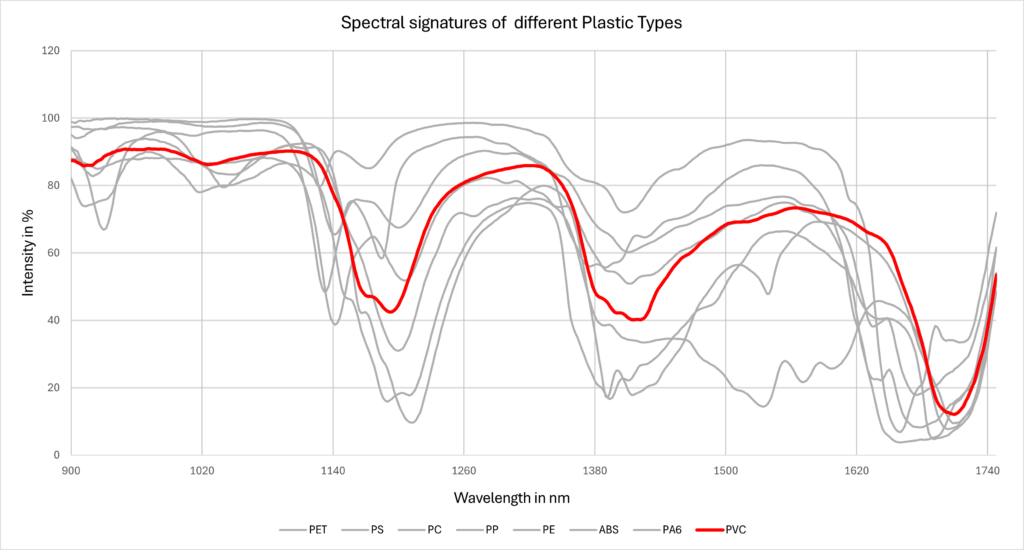
The spectral reflectance of PVC is characterized by a particularly high absorption in its third absorption band around 1700 nm. Its first two absorption bands are no guarantee of correct detection, as they are strongly influenced by the purity and shape of the plastic. The more precisely the wavelength range of the third absorption band can be detected, the more accurately PVC can be identified. For this, HAIP Solutions offers the solution: the BlackIndustry SWIR 1.7 Max camera.
HAIP Solutions BlackIndustry SWIR 1.7 Max is a smart line scanning (push-broom) hyperspectral imaging camera that enables the acquisition of real-time spectral data with very high spatial resolution.
The camera provides a spatial resolution of 1280 pixels with up to 425 selectable spectral bands in the wavelength range from 900 nm to 1748 nm. This unique wavelength range in combination with the high sensitivity of the sensor makes it possible to detect all three absorption bands of plastics. The result shows exceptional success in the detection and differentiation of plastics and is therefore a major step towards safe, high-quality recycling.
